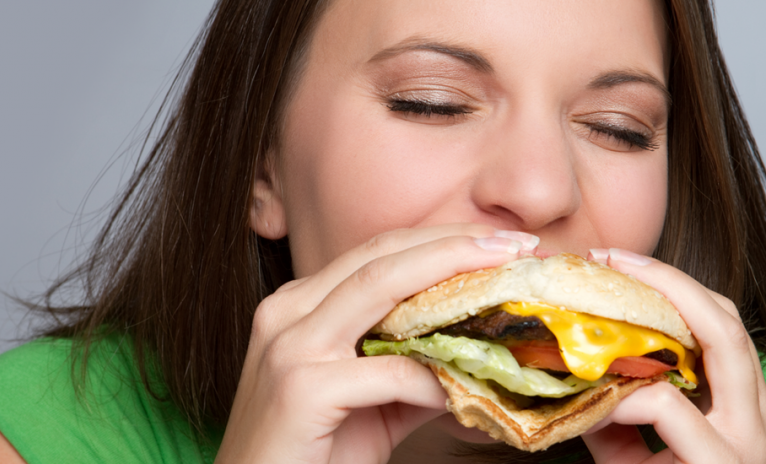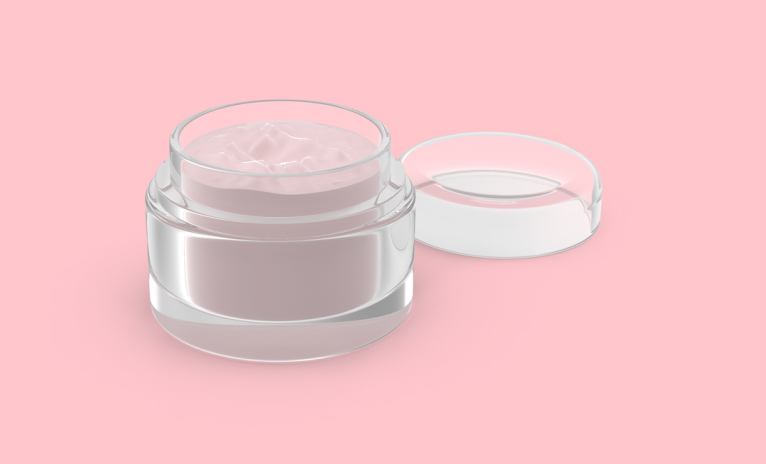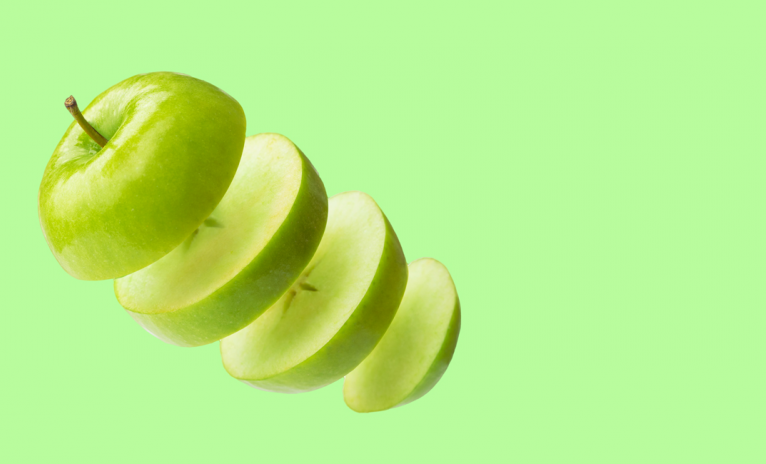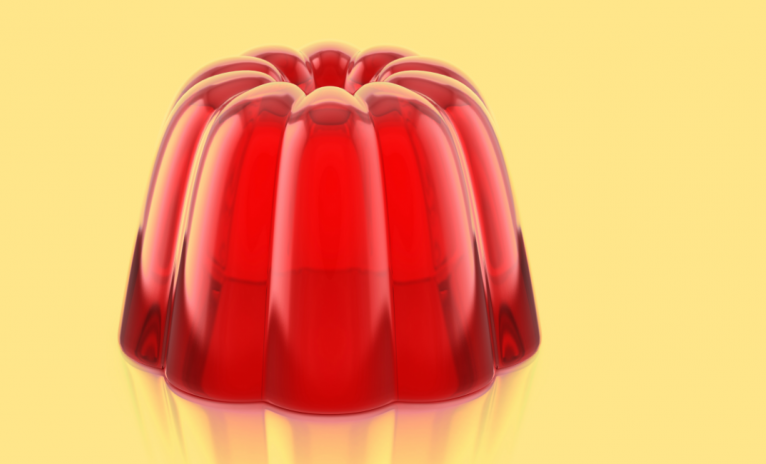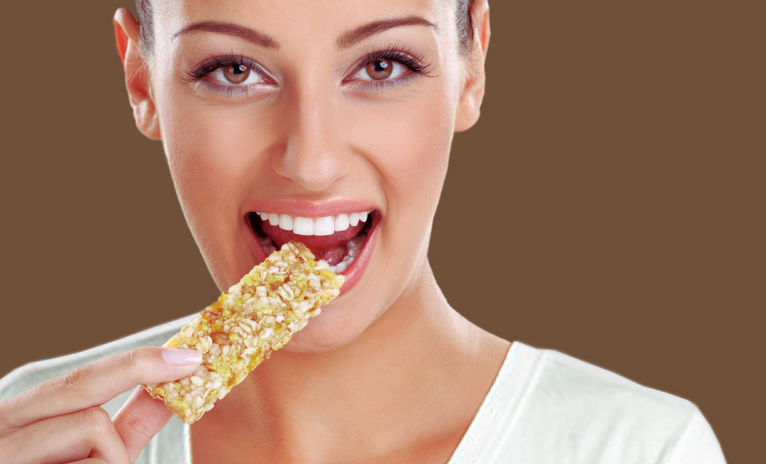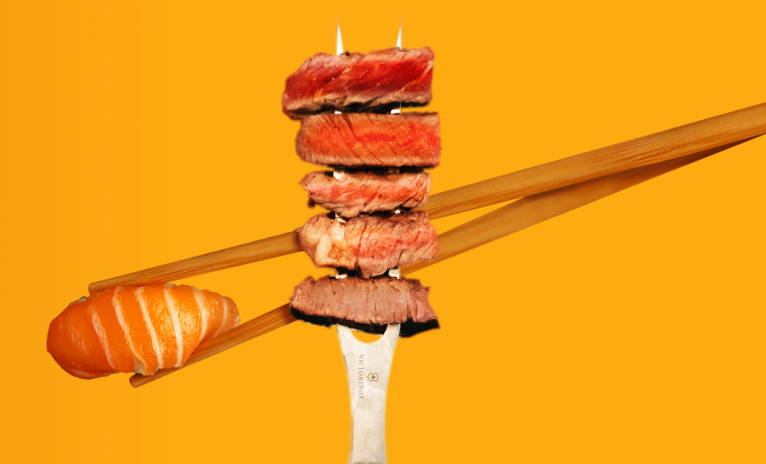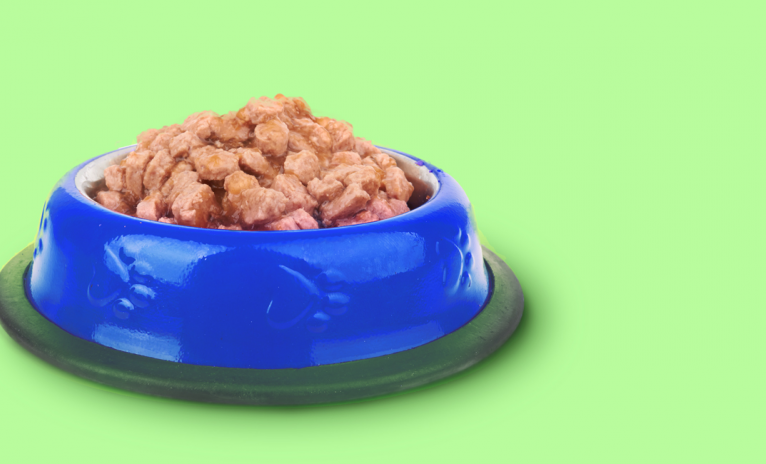What is texture analysis and a texture analyzer for?
Texture analysis evaluates how a product feels when we eat it or performs when we handle or produce it.
A texture analyzer is an instrument that enables the assessment of physical textural properties by applying the same deformations. This makes it possible to control the impact of changing ingredients or formulations on quality.
Texture analysis can replace subjective human sensory evaluation with objective and quantifiable measured values, enabling in-house quality assurance checks and standards for the product.
You can evaluate and control manufacturing factors affecting quality, processing, handling and shelf-life, enabling you to understand the effect on consumer acceptance criteria in response to changes in demand or regulations.
Measure consumer sensory qualities and satisfaction
Texture analysis enables correlation to the subjective expert panel methods of assessing the sensory quality of the physical texture of a product, to give an objective result.
Ideal, acceptable and reject ratings can be determined by testing samples in a manner that replicates the way in which the consumer interacts with the product to experience mouth feel or finger feel.
When eating, preparing or applying the product, the act of chewing, slicing, spreading or pouring equates to freshness, tenderness or firmness.
Texture analyzers can measure and indicate the softness, creaminess and freshness (or ripeness) of a product.
Control and optimize manufacturing
Texture analyzers enable processors to control many aspects of the entire product manufacturing cycle.
From grading raw ingredients and judging when to harvest, supplier selection, optimising machine parameters and cook profile, to testing packaging and storage solutions.
Industry test standards can be performed with specific fixtures to meet required quality or food and drug safety regulations, including responding to changes in legislation
This enables Food Technologists to develop products that meet the changing demands of consumers, by offering alternative varieties that still achieve the desired textural qualities.
Explore our solutions

Got a question about a solution? Get in touch and speak to one of our Technical Sales Engineers now...
